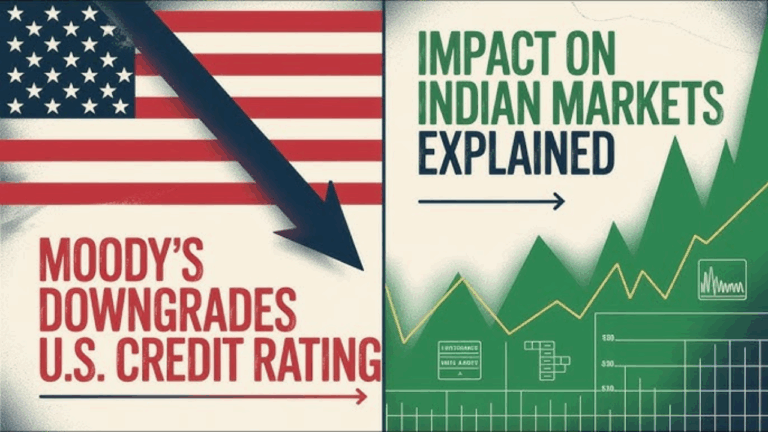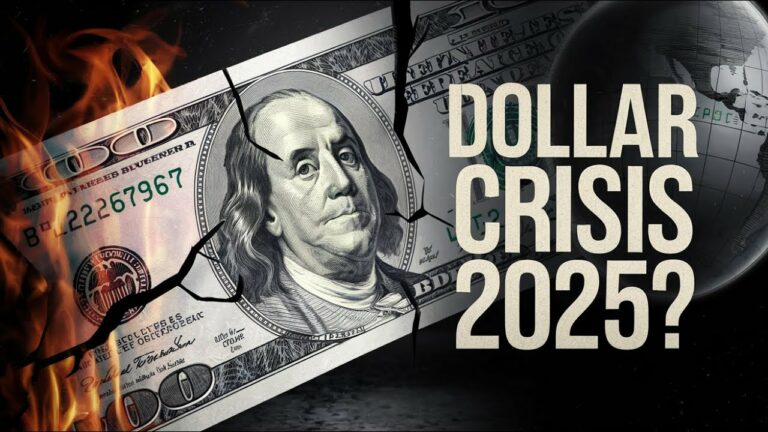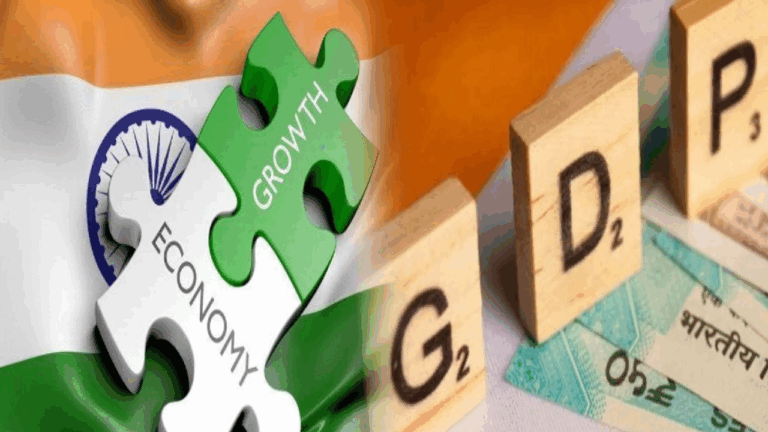U.S. Tariffs in 2025: How They Are Shaking Up Global Supply Chains
In 2025, the United States is back in the news — not just for elections or tech breakthroughs, but for something that’s affecting the whole world: tariffs.
U.S. tariffs are extra taxes placed on goods that come into the country. While this might sound like an American issue, it actually affects many countries — including India. From rising prices to delayed shipments, the impact is being felt in supply chains around the world.
In this article, AP News explains how U.S. tariffs are affecting global trade in simple, easy-to-understand words — and why Indian businesses and consumers should care.
What Are Tariffs and Why Is the U.S. Imposing Them?
Tariffs are taxes that a country adds to imports (goods coming from other countries). The idea is to make foreign products more expensive, so people buy local products instead.
In 2025, the U.S. increased tariffs on several goods — including electronics, batteries, electric vehicles (EVs), solar panels, and steel — mostly from countries like China, Mexico, and even Europe.
The goal? To protect American jobs and reduce dependency on China. But the ripple effect is much bigger.
Global Supply Chains: What’s Changing?
Global supply chains are like long assembly lines that stretch across countries. For example, your phone might be designed in the U.S., have parts made in China, and be assembled in Vietnam before reaching India.
When tariffs are applied, companies rethink this chain. They may avoid certain countries, switch suppliers, or move factories. This reshuffling can lead to:
- Delays in production and delivery
- Higher manufacturing costs
- Product shortages
- Price hikes for consumers
Real-World Impact in 2025
In China
Factories in China have seen fewer orders from the U.S. According to recent reports, China’s industrial growth slowed in April 2025, and retail sales dropped compared to last year.
In the U.S.
Companies like Walmart and Target are paying more for goods. Even everyday items like bananas, gadgets, and backpacks are now more expensive. These costs are passed on to the customers.
Walmart, for example, recently announced that prices will go up on some imported goods, even though most of its items are made within the U.S.
In India
India may not be directly hit by the U.S. tariffs, but the changes in global supply chains affect us too:
- Indian exporters may face delays or higher shipping costs.
- Indian importers could see rising prices on components and gadgets.
- Indian consumers may pay more for electronics and vehicles with imported parts.
How Are Companies Adapting?
Businesses across the world are finding new ways to deal with the changing trade scene:
- Looking for new suppliers in countries like Vietnam, Indonesia, and India.
- Investing in local manufacturing to avoid import duties.
- Rethinking packaging and logistics to cut extra costs.
Some Indian businesses see this as a golden opportunity. With global companies trying to move away from China, India has a chance to become a major supplier in electronics, EVs, textiles, and pharma.
What Does This Mean for You?
Whether you’re a trader, manufacturer, or just someone buying a new mobile phone — U.S. tariffs can affect you. Here’s how:
✅ Prices of imported goods might rise
✅ Delivery time for some products could increase
✅ Certain foreign brands may become harder to find
So next time you see a price hike or a “delayed delivery” message, remember — it could be due to U.S. tariffs.
Final Words from AP News
U.S. tariffs may seem like a foreign issue, but in our interconnected world, they touch every corner — from Washington to Wuhan, and from Delhi to Dubai.
For Indian businesses, it’s time to stay alert and adapt. For Indian consumers, it’s a chance to support local brands and stay informed.
Stay tuned to AP News for more updates on global trends, business news, and everything that matters to you — in simple words.







